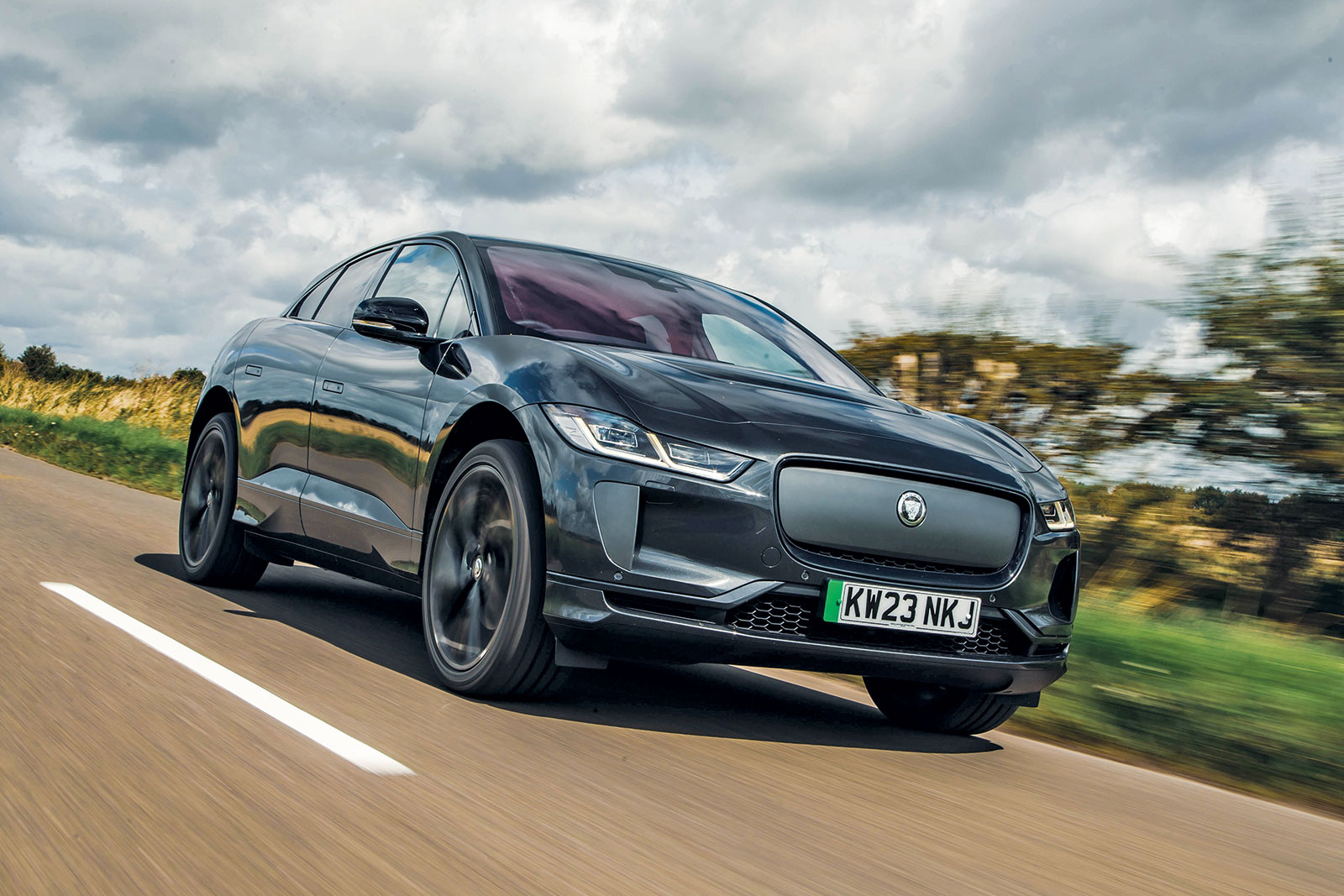The presumption was that the basic I-Pace, helped with judicious updates as battery tech advanced, would last a couple of generations, like other new cars: 12 to 14 years for the major underbits with a pause halfway for a reskin and mid-cycle refreshes to punctuate progress every three years or so.
When in 2021 new JLR CEO Thierry Bolloré launched his all-bets-are-off Reimagine plan to rebuild Jaguar as an all-EV company by 2025, the I-Pace was slated as a survivor, a model to build a bridge between the old and new.
Yet here it is in 2024, gone already. At first the demise was a bit of a shock, although perhaps not too huge a bombshell, because upheaval and rapid mind-changing have been an integral to British car-making as far back as you care to look.
Yet with the kill-it-now decision went pangs of regret that made us want to drive a few more enjoyable I-Pace miles, at least for the purpose of this story.
Helpfully, Jaguar still had prime examples on its test fleet. We decided on an enjoyable 10-day reverie.
On reflection, the I-Pace’s demise should have been easier to predict than we made it. When Bolloré suddenly walked away from the CEO job, the fact that they drafted in the finance director, Adrian Mardell, to lead the company suggested pretty clearly that earning power at Jaguar was the problem.
The I-Pace and its small SUV sibling, the E-Pace, were both being built in Austria by versatile but pricey contract constructor Magna Steyr, with the former using a battery pack that had to be imported from Poland and powered by own-design Jaguar motors that may have been technically brilliant but were far from the cheapest available.
What’s more, despite the I-Pace’s high reputation, sales have never taken off. In the best years (2019 and 2020), combined American and European deals amounted to around 15,000 annually, and in more recent years volume has fallen below a third of that, not only affected by the malaise in general EV demand but by other matters too.
The high entry price was a factor, as were regular software glitches, the fact that realistic battery range originally quoted at 292 miles was more like 70% of that (the US’s EPA even cut the officially quoted range figure) and increasingly stiff and low-priced competition from the Chinese, Germans and Koreans.

